Aretha Franklin Breaks Toe over Jimmy Choos

The 69 year-old Queen of Soul broke her toe tripping over her Jimmy Choo shoes, according to People magazine. Franklin’s tour bus stopped at Community North Hospital in Indianapolis, where X-rays revealed a fracture in her left index toe. According to her rep, Franklin said:
It hurt like heck for a minute, but seemed to subside. I’m so grateful it wasn’t my right piano [pedal] foot.
Franklin is a little disappointed that the orthopedic shoe she got at the hospital doesn’t coordinate with the new wardrobe she’s been sporting with the 85 pounds she lost after her health scare last December.
“How am I supposed to match my new Marc Jacobs gown with this wooden blue hospital shoe?”
A survey conducted by the American Podiatric Medical Association showed some 42% of women admitted they’d wear a shoe they liked even if it gave them discomfort; 73% admitted already having a shoe-related foot issue.
High-heeled shoes are defined as pumps with heels of more than two inches. Doctors generally believe that such heels are medically unsound and can lead to postural and safety problems.
Medical conditions that can be caused or aggravated by high heels include:
- bunions- usually caused by prolonged pressure put on the feet that compresses the big toe and pushes it toward the second toe. Over time, the condition may become painful as extra bone grows where the base of the big toe meets the foot.
- hammertoes-usually affects the second toe. The toe moves into a claw-like position. Wearing short, narrow shoes that are too tight forces the toe into a bent position. Muscles and tendons in the toe tighten and become shorter.
- ingrown toenails- occurs when the edge of the nail grows down and into the skin of the toe. There may be pain, redness, and swelling around the nail.
- pinched foot nerve-you put more pressure on the front and the ball of the foot, which can lead to metatarsalgia or pain underneath the ball of the foot
- shortened Achilles tendons-shrinkage of the Achilles tendon, the area that runs from the back of the heel to the calf. This can result in pain when wearing a low-heel shoe or even the inability to walk barefoot.
- “atrophy of the fat pad” (meaning that you’ve haven’t got too much flesh left on the ball of your foot)- which makes you more likely to get a stress fracture.
- injuries caused by loss of balance while wearing heels, including fractures, sprains, and strains of the back, legs, knees, ankles, and even arms!
So, if you’ve “just got to” wear heels, what can you do to prevent some of these problems?
1. Get the best-fitting high heel possible. If the heels don’t fit properly, the front of the foot pushes forward. This creates more pressure and pain on toes. Shoes should be a snug but not tight fit.
2. Cushioning. A full-shoe insert can help. Consider investing in silicone metatarsal pads if you spend long hours in heels or already have foot pain. They act as shock absorbers.
3. Wear a thicker heel for stability. They will give you better balance and may help relieve some pressure by distributing the weight on your foot more evenly. Change the height of your heels. This may reduce problems with the Achilles tendon.
4. Watch the “slope” of the heel. A more gradual slope may be easier on the arch and might help relieve some pain in the ball of the foot.
5. Wear open-toe high heels to relieve pressure on corns and calluses.
Do you think high heels are worth the potential health risks? Do you wear high heels frequently?



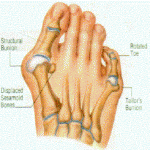
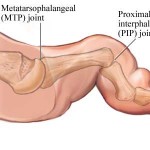

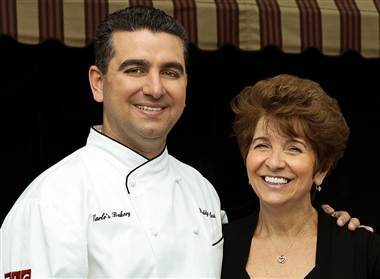







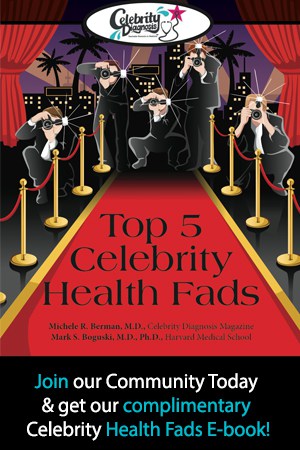


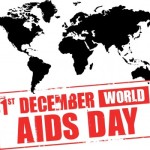
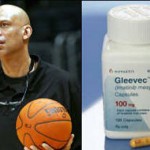







0 comments